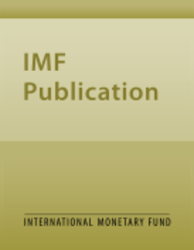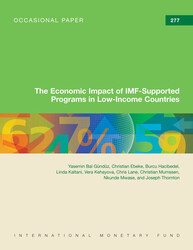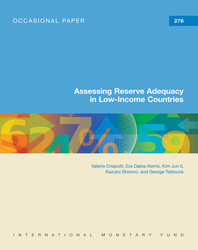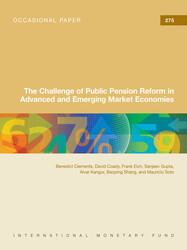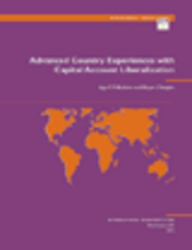
Advanced Country Experiences with Capital Account Liberalization
After the industrial countries established current account convertibility in the late1950s, they began to phase out their capital controls. Their efforts were slow and tentative at first, but built up considerable momentum by the 1980s as market-oriented economic policies gained popularity. This paper describes how national policymakers' views of capital controls shifted over time, and how these controls have been closely related to regulation in other policy areas, such as banking and financial markets. As developing countries seek to liberalize their capital accounts to obtain the benefits of increased integration with the global economy, what lessons can be drawn from industrial countries' diverse experiences with capital controls, and how can a country's liberalization measures be sequenced to minimize disturbances to its exchange rate and monetary policies?
Publication date: September 2002
ISBN: 9781589061170
$20.00
Add to Cart by clicking price of the language and format you'd like to purchase
Available Languages and Formats
| English |
Topics covered in this book
This title contains information about the following subjects.
Click on a subject if you would like to see other titles with the same subjects.
Money and Monetary Policy , exchange rate , capital controls , capital account liberalization , capital movements , capital inflows
Summary
Copyright © 2010 - 2024
Powered by:
AIDC
